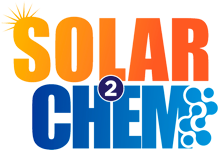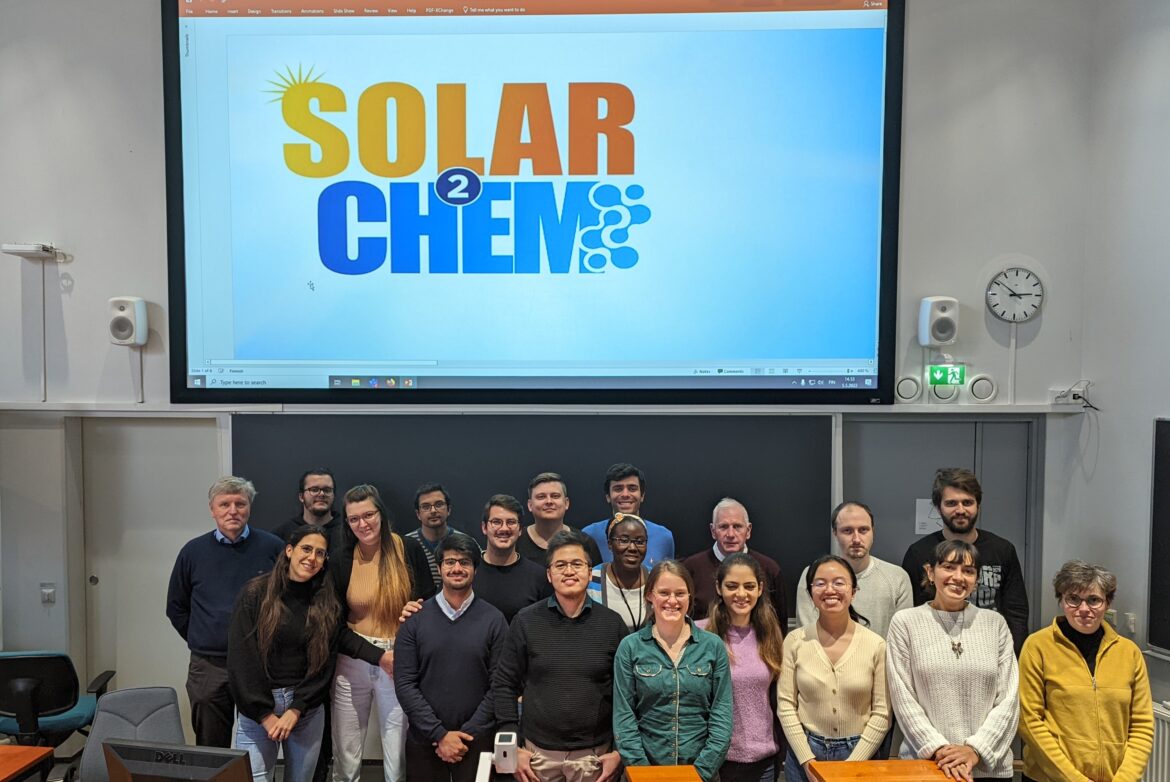4th Solar2Chem training workshop in Tampere University
The 4th Solar2Chem Training Workshop about Photophysics and Intellectual property management was organized by Tampere University from the 3rd to the 6th of May 2022. It was organised as a “hybrid” workshop with a mixture of both in person and online speakers.
On the first day, prof. Nikolai Tkachenko presented the principles of photochemistry in molecules and materials and he showed to the ESRs and the attendees of the workshop the laboratories of the university. Prof. Harriman from Newcastle University then explained in his lecture how fast spectroscopy can unravel reaction mechanisms and finally dr. Helena Stojadinovic presented how to protect ideas with intellectual property (IP) management strategies reporting the example of her startup Membrasenz.
The second day of the workshop started with the intermediate presentations of the ESRs of Solar2Chem work packages 1 and 4. Then, dr. Thomas Vranken from Hasselt University presented strategies to obtain funding for scientific conferences and, to conclude, prof. Paola Vivo of Tampere University explained the theory of perovskite solar cells and the last achievements of this technology.
The presentation of the ESRs from work packages 2 and 3 animated the morning of the third day, they were followed by a presentation of Chris Hotchen from Johnson Matthey about the fundamentals in IP management in academic and non-academic institutions. Dr. Gergely Samu (Szeged University) then had a lecture about semiconductor stability in photoelectrochemical cells and dr. Eugenia Martinez (ICIQ) presented how to study photocatalytic interfaces using photophysical measurements.
To conclude the workshop, on Friday dr. Annamaria Quaranta (CEA) reported the recent achievements in catalysts for artificial photosynthesis, dr. Reshma Rao (Imperial College) presented the advanced spectroscopy technologies to study photoelectrochemical reactions in operando, dr. Jose Silva Lopes (NOVA School of Science and Technology) explained the pathways to perform the transition of renewable energy technologies to the market. The afternoon was then dedicated to the two hands-on exercises in the laboratories about singlet intramolecular electron transfer and quenching of eosin Y triplet state by oxygen.

